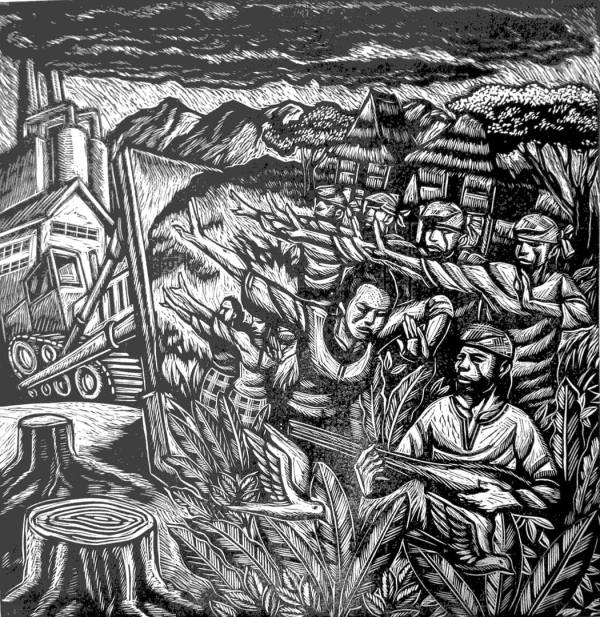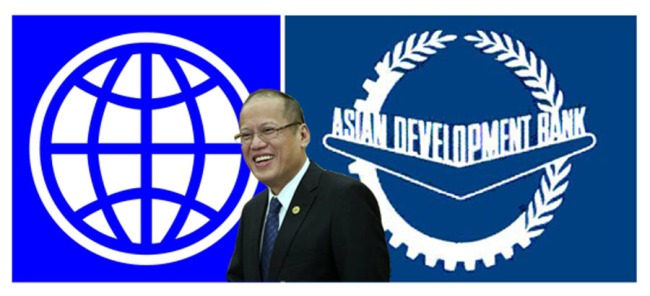First published on Blogwatch
In quite a poignant and disturbing tone, the image of a dead Syrian boy washed ashore echoed across globe, drawing attention to Europe’s stance on migrants and refugees. Three-year-old Aylan Kurdi fled war-torn Syria with the hope of finding refuge in Europe, a hope shared by many other refugees displaced by years of internal war and foreign interventionist operations led by the US and European countries. He however ended up drowning in the Mediterranean Sea like several other refugees.
Aylan’s image made rounds on social media, sending a jolt to the consciousness of those who had never seen injustice and cruel border politics as vivid as the photo of a lifeless young refugee with head down on the sand. Many Filipino netizens expressed grief and rage, circulating the heart-breaking photo and urging the powerful EU bloc to have a heart.
But as we look and mourn over Aylan’s tragic death, we should not miss out the horrid details of terror and injustice happening in our own soil. Right at home, our Lumad brothers and sisters are being driven away from their ancestral lands in bloody fashion.
In the town Lianga, Surigao del Sur, Manobo children and their families were forcibly taken out of their homes and rounded around 4 a.m. on Sept. 1 by Bagani paramilitary forces to see a horror show. They were made to witness the point-black execution of tribal leader Dionel Campos and his cousin Aurelio Sinzo. The perpetrators also bound Emerito Samarca or Tay Emok, the alternative school’s executive director, by the neck and limbs in the faculty room, then stabbed him in the chest and slit his throat open. Paramilitary forces warned the children and their families to leave their village immediately or all of them would suffer the fate of the three people, whom they accused of being supporters of the New People’s Army (NPA).
In Pangantucan, Bukidnon, five people were shot one by one by soldiers in the afternoon of August 18 – as witnessed by a 15-year-old Manobo boy. Seventy-year-old Herminio Samia, his sons Joebert and Emir, and his relatives Norman and Elmer were accused by the military of being communist rebels, and that their deaths were the result of an alleged legitimate encounter. But human rights group Karapatan disputed the Army’s claim, saying they were innocent victims of the government’s Oplan Bayanihan which is patterned after the US counterinsurgency (COIN) plan.
Samarca, Campos and Sinzo, and dozens more in other tribal communities were not simply killed. They were massacred with the aim of sowing terrror among Lumad communities in what was the latest in the string of attacks against lumads in Mindanao. What makes their grisly deaths more revolting is the fact that the Aquino government would not directly own the bloody operations nor express any sign of condemnation on the killings. The 4th Infantry Battalion, which is operating in Surigao del Sur, simply dared rights groups to file charges against them.
Aylan, too, did not die simply because of Europe’s strict policy on migrants and refugees. He was first a victim of US and European intervention in Syria with the goal of dismantling the Assad regime. Garikai Chengu of Global Research even argues that the ISIS Terror Group is created by Washington in the same way that it trained Al-Qaeda. There were several accounts too of US and British Special Forces dressing up as ISIS rebels to fight Assad in Syria.
Back home, the relentless massacre of tribal people by paramilitary forces point to the utter failure of President Aquino to keep his promise of dismantling paramilitary groups and private armies. This is the same president who has failed to exact justice over the massacre in Maguindano of 58 people by paramilitary groups despite sitting in power for five years now. This is also the president who brandished his vow for peace in Mindanao through the much-hyped Bangsamoro political project, but will be stepping out of power with mercenary paramilitaries still on the loose and wreaking havoc on many communities in Mindanao.
Against this backdrop of terror and impunity in Mindanao, children actually suffer the most – their innocence torn by bloodbaths before their own eyes. They have this shock which they cannot express at all, and a burning urge to ask why terrible things happen to their communities. They have their learning and upbringing disrupted, as they were driven away from their homes and schools. They are supposedly the heirs of the beautiful Mindanao. But at their very young age, they are forcibly shackled to fear and mental disarray, incapacitated by the escalating attacks by armed men on their villages.
We don’t need to gaze as far as Europe to be reminded that a boy is being killed, families are being displaced, and dreams are being extinguished by structural terror and injustice. We just have to look at our Lumad brothers and sisters – whose brutal executions barely land on the banner headline or top topics on Facebook and Twitter. They are the faceless victims in our midst. They need your grief and rage, too.




